Architectural Marvels: The Timeless Temples of Bagan
Ananda Temple
1105 AD
King Kyansittha
Ananda Temple is one of the most magnificent and well-preserved temples in Bagan, showcasing a perfect blend of Mon and Indian architectural influences. Built in the early 12th century, it features a massive gilded spire that glows under the sun, along with four standing Buddha statues facing different directions. The temple is often referred to as the 'Westminster Abbey of Burma' due to its historical significance and grandeur.
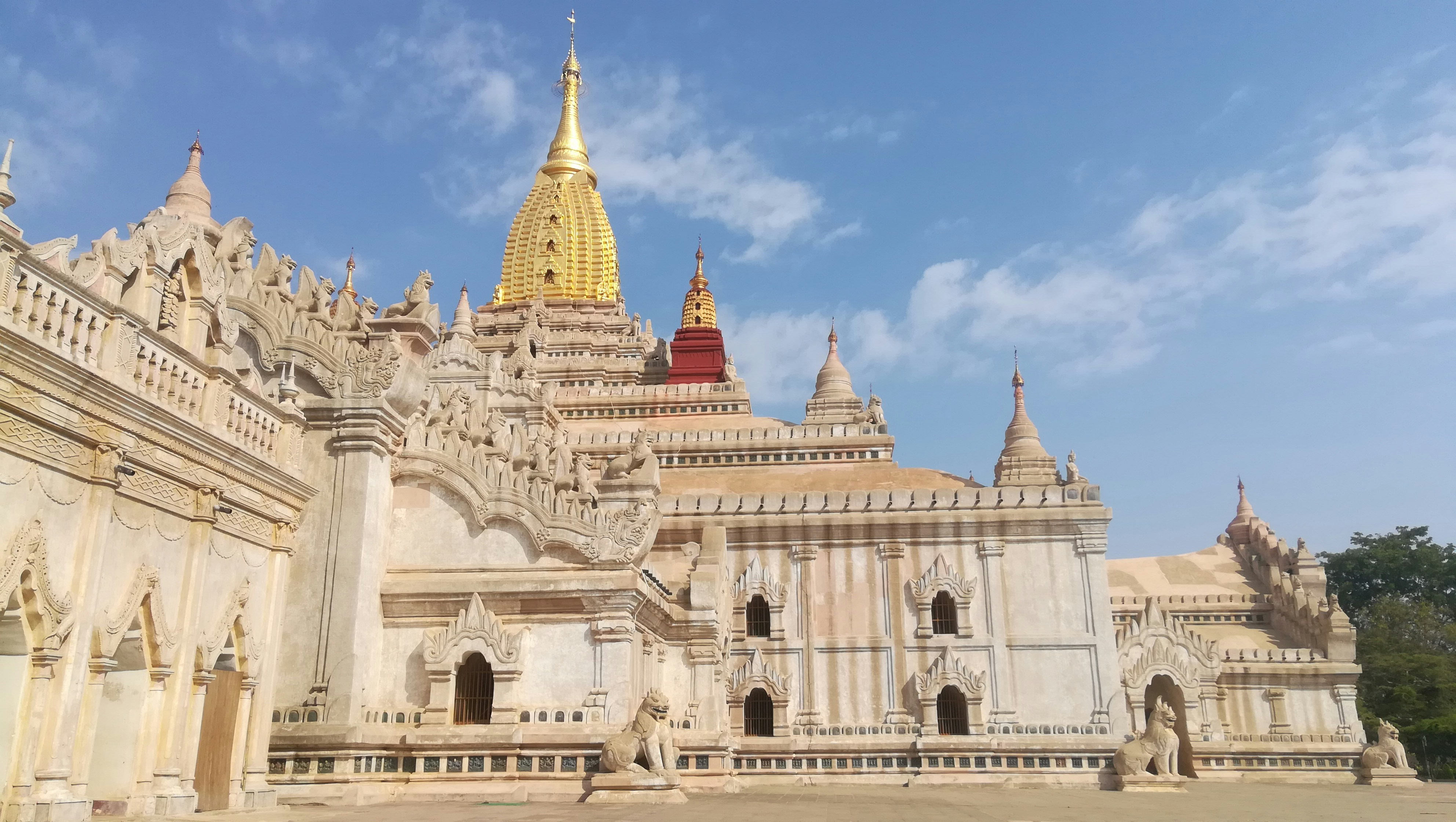
Dhammayangyi Temple
1167 AD
King Narathu
Dhammayangyi Temple is the largest and one of the most mysterious temples in Bagan. Built by King Narathu in an attempt to atone for his sins, it is known for its precise and sophisticated brickwork, which remains unmatched to this day. Although the temple was never fully completed, its massive structure and eerie inner passageways continue to intrigue visitors and historians alike.

Thatbyinnyu Temple
12th century
King Alaungsithu
Standing at 61 meters, Thatbyinnyu Temple is the tallest structure in Bagan and an early example of multi-story temple design. This imposing white temple symbolizes 'omniscience' and offers breathtaking views of the surrounding temple landscape. It serves as an important landmark in Bagan, reflecting the architectural advancements made during King Alaungsithu's reign.

Sulamani Temple
1183 AD
King Narapatisithu
Sulamani Temple, often referred to as the 'Crowning Jewel,' is known for its exceptional brickwork and exquisite frescoes depicting scenes from Buddhist scriptures. Built in the late 12th century, it represents a refined version of earlier architectural styles, with multiple terraces, decorative stucco work, and a peaceful atmosphere that attracts both worshippers and history enthusiasts.
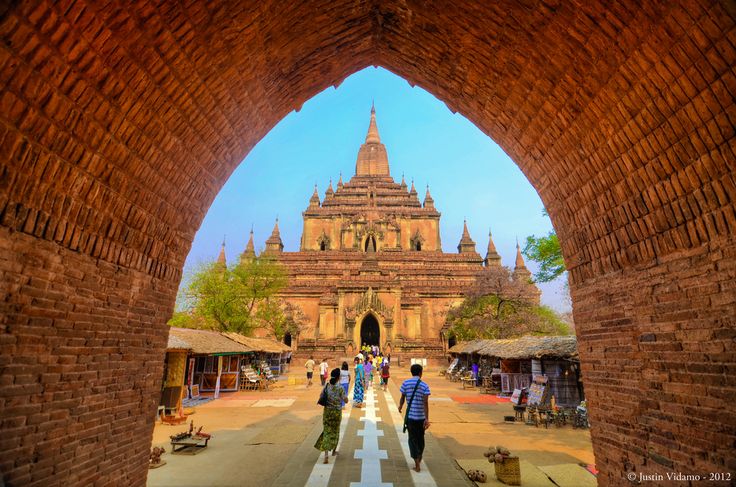
Gubyaukgyi Temple
13th century
Prince Yazakumar
Gubyaukgyi Temple, located in Myinkaba village, is famous for its well-preserved fresco paintings that provide valuable insight into early Bagan artistic traditions. The temple's walls are adorned with intricate murals depicting Jataka tales and Buddhist iconography. Its unique Indian-style spire and detailed stucco work make it one of the most visually striking temples in Bagan.
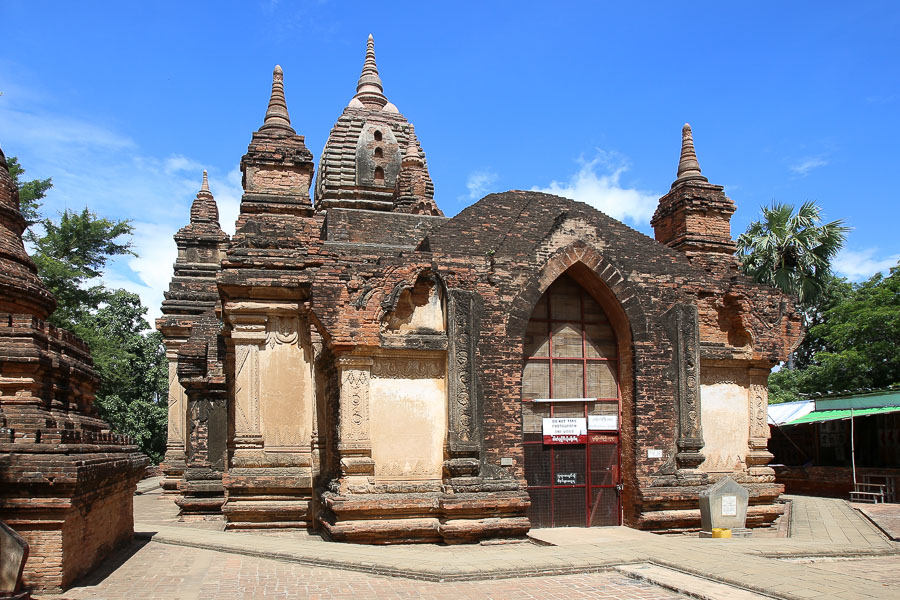
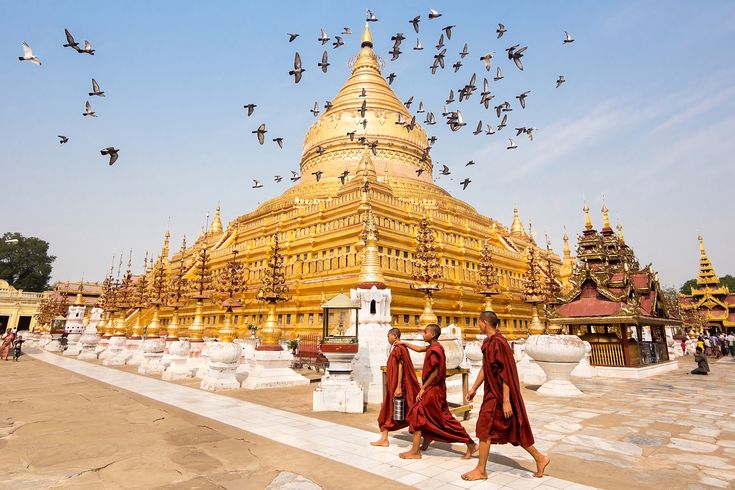

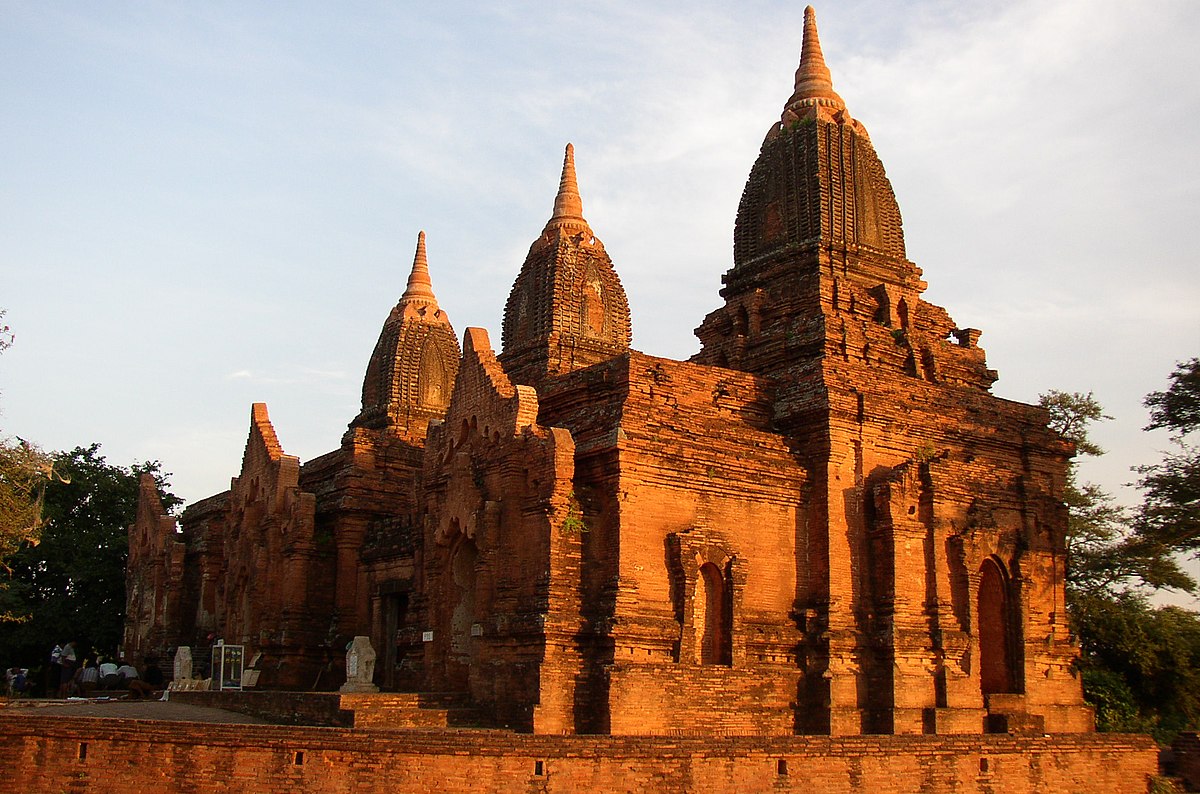
Let's connect . . .
I'm always open to new connections, collaborations, and projects. Reach out to me through any of the platforms below!